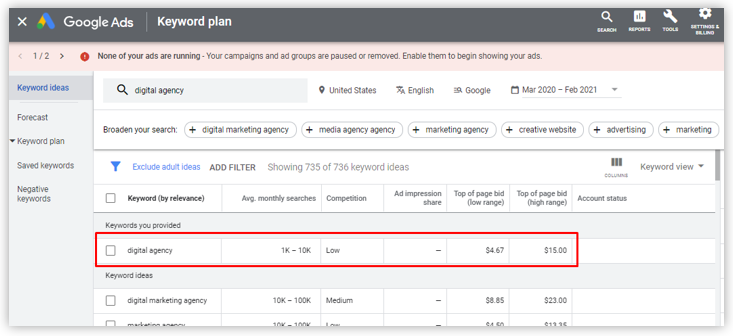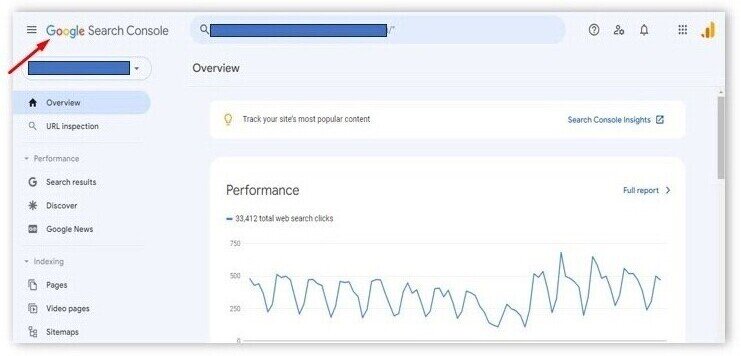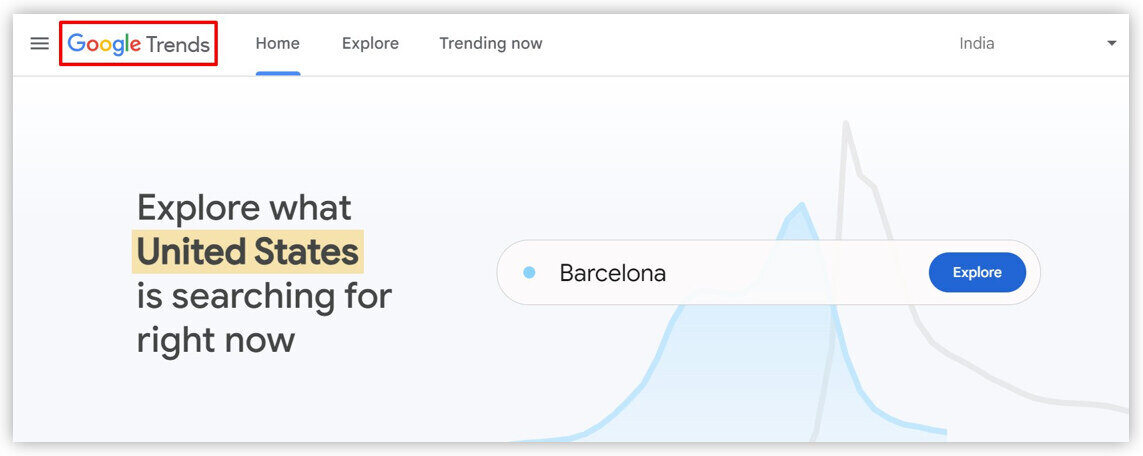A proper SEO keyword strategy is crucial for achieving business goals. It involves conducting thorough keyword research to prepare a keyword list and segregating them into primary & secondary keywords to be used in the website content. These keywords can be used in the meta descriptions, title tags, etc. It helps search engines identify the relevant keyword and display the appropriate page for the user's search query. In this blog, we will discuss the importance of having a keyword strategy to enhance website ranking on SERPs, increase website traffic, and more.
Creating a Keyword Strategy in SEO
Many SEO marketers focus on the search volume of keywords during keyword analysis. However, it's important to understand that it's crucial to prioritize keywords that are relevant to our business. One way to achieve this is by creating a list of keywords and categorizing them as informational or commercial terms. By doing so, we can determine which keywords to target to drive business and which ones would be better suited for our blog and news pages.
As in a PPC ad campaign, we select target keywords to use in the ad campaign and then focus on keyword bidding to ensure that the ad ranks high on the SERPs. Similarly, when creating purposeful content, it's crucial to optimize relevant keywords so that search engine crawlers display the most relevant search results for users. Some crucial points to keep in mind while placing keywords in your writing include:
1. Make sure to place the keyword in the title tags and headings of the content.
2. Always ensure you are using the keywords in the URL, too.
3. The meta descriptions for the pages should have the target keywords included so that the ranking of the website on the search engine increases.
4. In subheadings, try to include secondary keywords for better search engine optimization.
5. In terms of search engine optimization, including relevant keywords in the content of a website can boost its ranking. However, it is essential to avoid keyword stuffing, as this can harm the website's authority and reputation.
6. When it comes to SEO, it's important to include text descriptions for any visuals on your website. Additionally, incorporating relevant keywords into these descriptions can further boost your website's search rankings.
Review your existing ranking
Before reaching a final decision, it is vital to analyze the performance of your website. To do so, you can conduct an SEO audit and prepare an SEO report to analyze the performance of crucial SEO metrics. Various tools, such as Google Search Console and Google Analytics, can be used for this purpose.
a. Clicks: Clicks refer to the number of times that users click on your website. By analyzing this data, you can get an idea of how many users have visited your website. You can also use SEO analytics and website conversion analysis services to determine how many of these visitors have converted into paying customers.
b. Impressions: This is the number of times your website appears for the user's search query. It helps to know how often the website appears so that you can work on a plan & strategy to increase website traffic.
c. CTR (click-through rate): CTR is the ratio of clicks to impressions on a website. It is a metric to help understand user behaviour and optimize the website accordingly, which can improve audience targeting and the overall user experience.

d. Position: This shows the organic ranking of your site in a specific time duration. It shows the website's position for the user's search query. If the website has a lower ranking, then SEO optimization strategies can be implemented to enhance its ranking on the SERPs.
Competitive analysis
It's essential to understand your competition to improve your search engine rankings. By conducting a competition analysis, you can identify which keywords your competitors are targeting and focus on optimizing the relevant areas. You can use the Semrush tool, Ahrefs tool, and Google Keyword Planner to conduct this research and create an SEO report highlighting areas that need improvement. When conducting competitor research, you can focus on the key points mentioned below:

A. Create a list of top SERP competitors: This list will help you analyze what keywords your competitors are ranking for on search engine pages and the strategies they are implying on their sites to achieve the desired results. You can use various tools or services that help you with keyword research, preparing SEO reports, etc. So, preparing a list of top competitors is crucial.
B. Buyer persona: Buyer persona is one of the most important things to sort out while researching your competition, as you and your competitor's audience are the same. Knowing the buyer persona enhances the user experience, and the user's time on the page increases, ultimately increasing the conversion rate.
C. Competitor performance: It would be great if you could know your competitor's monthly search volume, number of backlinks, and domain authority. All these factors help you decide to analyze and choose the difficulty level of some keywords and how to rank your website for those keywords(if they are relevant to your business).
D. Finding content gap: Identifying the content gap is an essential part of your keyword strategy. Once you have researched your competitors' keywords, you can then identify the pages or keywords on which they are ranking on the SERPs. This analysis will help you conduct an SEO audit and determine how to effectively use the target keywords in your website content to improve your search engine rankings.
E. Review competitors paid campaigns: After getting to know about keywords and organic traffic, another crucial thing is the paid campaigns that your competitors are running; you can see the exact ad copies they have made for this; you can use some tools like Semrush and Ahrefs or can choose to take help with outsource competition analysis.
F. Filling the content gap: Once you have completed your research and gained a better understanding of your competition, the final step is to identify content gaps and keywords that you can target. Your competitors are already ranking on search engine result pages (SERPs) while you are not. To overcome this challenge, you need to develop an SEO strategy and content plan that will help you beat your competitors in the SERPs. You can use the insights you have gained from analyzing their website and pages to create your own content. By doing this, you can outrank your competitors. Some of the points you can focus on to fill the content gap are mentioned below.
i) Blog Posts
ii) Landing pages
iii) Service pages
iv) Web pages.
Analyzing keywords for better SEO
When conducting keyword analysis, it is crucial to examine the performance of crucial metrics from an SEO standpoint, such as search volume, keyword difficulty, and competition on those keywords. You need to determine whether the keyword has commercial or informational intent. You can also consider outsourcing keyword research services, SEO planning and strategy services, and other related services to help you analyze your keywords and target various platforms for your business. You can also take advantage of digital marketing services and outsource SEO services that provide white-label SEO keyword research services.
Analyzing these keywords will help you choose the primary and secondary keywords and page content. Tools like Semrush, Ahrefs, Google Keyword Planner, and Google Search Console are some of the tools that are very useful for analyzing and researching keywords. Here are some you can follow to analyze your keywords:
1. Search volume: Search volume is one of the top SEO metrics for analyzing keywords. Finding the monthly or yearly search volume in tools like Semrush and Google Keyword Planner is vital. It informs you about the traffic on that particular keyword over the month.
2. Keyword difficulty: It is crucial to consider the difficulty of keywords while creating a keyword strategy for ranking on SERPs. Choosing keywords with low difficulty can help in ranking the website more easily on search engines. While looking at keyword difficulty, you need to be aware that if you only choose your keywords based on keyword difficulty in the greed to rank your site easily, you might miss those keywords that have the most traffic, so choose those keywords that can provide a balanced spot to your site on the SERPs.
3. Keyword relevance: Keyword relevance is one of the measures in keyword strategy to form a list of keywords that are most relevant to your business. Suppose you have a list of 1000 keywords. How are you going to select your 10-15 strategic keywords from that list? Tools like Semrush can help you know the search volume and keyword difficulty, based on which you can determine its relevance for your web page.
4. Website authority: Through the authority of your site pages, search engines decide whether your content is eligible to show on SERPs or not; the authority score shows the visitors' belief in your content and how many clicks you are getting organically. So, make sure to write sound, unique, and quality content on your site pages, as it will determine your ranking on the SERPs.
5. Search intent: When users search for something, search engines prioritize displaying the most relevant results. To rank your site easily on the search engine result pages, it's important to understand the user's search intent and target those specific keywords as search engines display results based on keyword intent.
Types of keywords:
After all the research, now the final part is to apply those results on our sites. Targeting keywords is very important, and it needs to be done carefully. From all those keywords that we have chosen to target, we have to select one primary and some secondary keywords and write our content based on it.
1. Primary keywords: Primary keywords are those keywords that we want to get traffic on our site, and we target primary keywords by adding them to our titles and headings. Primary Keywords are the basis of our content, and all the content you will write further depends on them. There can be a maximum of two primary keywords we can use in our content, and in the end, our goal is to rank our site on that particular keyword.
2. Secondary keyword: Secondary keywords are closely related to our primary keyword and are synonyms of the primary keywords. The long-tail keywords and subtopics of our content can be considered secondary keywords. We can use multiple secondary keywords in our content. The basic motive behind choosing the secondary keywords in our content is to cover our topic better.
Importance of keyword placement:
Placing the right keywords in your content helps the search engine determine what your page is all about. The best strategy for keyword placement is to include them in the content body when needed and also use them in Title tags, Headings, subheadings, and image alt-texts, which is also good SEO practice. While placing the keywords in the content, be aware that you are not doing keyword stuffing; put the keywords when needed, and it should look natural to the visitors to your site. Do not place the keywords where it is not needed. Try to promote user and SEO-friendly content, as it will decrease the bounce rate, increase user trust and increase the ranking of the website on SERPs.
Keyword research tools
There are various easy-to-use tools available online to research keywords in a very easy way; some of them are
1. Ahrefs keyword generator: Ahrefs keyword generator can be used to find the relevant keywords on whatever topic you want to. It also provides the monthly search volume, keyword difficulty, and so on; you just have to put the topic category and the specific country or location you are targeting. At one time, it provides the data of approximately 150 keywords.
2. Google Keyword Planner: Google Keyword Planner is one of the best tools widely used for researching keywords. It is mostly used by those who run PPC ads, but you can use it for SEO. You can always use the filter option to include or exclude any specific keywords from the results; it also provides options like with what devices the users are searching; you can also find seasonal keywords, lucrative keywords, and trending keywords. Google Keyword Planner can also give you forecasts, i.e., how those keywords will perform on search engines in the future. So, there are plenty of options available on this tool which can be valuable for your keyword strategy.

3. Google Search Console: Google Search Console, previously called Google Webmaster, is a free tool that is used to monitor our site performance on Google. This includes high-traffic pages, rich search results, mobile site performance, and referring domains. On this tool, you can also find your high-performing keywords all over your site. The best thing is you can integrate Google Search Console with Google Analytics and many more tools like Semrush, as well as connect it to the SEO dashboard, which provides all your site performance in one place like the number of clicks, average CTR, impressions and average position and so on. It will help centralise all your data in one place to use it in your keyword strategy.

4. SERP Gap Analyzer: SERP Gap Analyzer is one the time-saving tools that provides you data for keyword strategy easily. You just need to put the domain, and it will provide you with all those gaps in the result pages. This tool also uses website matrices to collect data on your site. After submitting the domain, you will get options like seed keywords, keyword search volume, rank difficulty, suggested keywords, weakness of competing sites, global search, and so on.
5. Semrush tool: Semrush is a top-rated tool used for keyword research from an SEO point of view. Options like keyword overview will provide a comprehensive summary of all keyword metrics like volume, cost-per-click, and paid searches by the competitors, top-ranking pages, and more. It also has the option to research all your site's organic competitors to help you find the perfect keywords for you.
6. Google Trends: Google Trends is another amazing tool used for keyword research; it provides you with trending keywords and topics by using real-time data from internet searches. It shows what people are searching for, impacted by time, location, and season. You can use Google Trends to find:
1) Currently trending topics
2) Seasonal trends
3) Analyze your competition
4) Optimize the Local SEO strategy
5) Optimize the SEO strategy

Measure and track your goals
It does not matter what goals you are working on; the important thing is to track and measure the results that you are getting in whatever work you have put in. Measuring SEO matrices through SEO Audits can help you get all the data about your site. You can use tools like Semrush, Google Analytics, and Ahrefs to collect all the data and measure all the reports. Outsource SEO and Outsource SEO Audits are other options to get the work done more easily.
Conclusion
Keyword strategy and keyword research are fundamental and crucial from an SEO point of view. Right keywords with the right placements not only help your site rank on SERPs but also provide higher authority to your site. Before targeting the keywords, it is essential to research them to understand whether it is relevant to your business or not; you should not finalize your keywords by just looking at search volume and ranking difficulty for that particular keyword; neither of these keywords gives your site the ranking on search engine result pages there are some other metrics you should focus on like competitors analysis, content gap, buyer persona, search intent and so on. Tools like Google Keyword Planner, Google Analytics, Google Search Console, Semrush, and Ahrefs can help you research those keywords and make a better strategy. At the end of doing all the research and implementing those on your site, don't forget to measure the results you are getting by doing SEO Audits of your site. We understand that managing SEO and conducting site audits yourself can be challenging. That's why we recommend outsourcing these tasks to experts like us. Our team is highly trained and professional in increasing website rankings on search engine results pages (SERPs). We provide specialized SEO services, including electrician SEO, roofing SEO, flooring SEO, lawyer SEO, and small business SEO.
References:
1. Keyword strategy in SEO: What it is & how to create one
2. How to do keyword research for SEO: A beginner's guide
